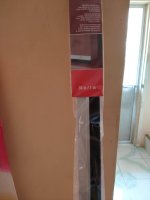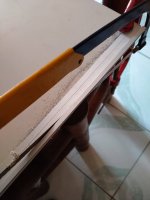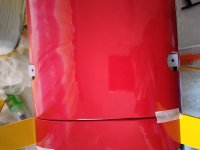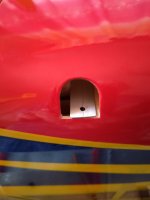I would think whether you can efficiently use a 20x10 vs. a 22x10 would depend in part on whether your using 10 cells or 12. a 20x 10 on 12 cells seems right from what I've researched on similar motor specs ( and the recommendations in the XPWR 40 manual which state a max prop size of 22/10 is for intermittent use of full throttle only, 12 cells). good to know it has plenty of oomph with a smaller prop!
Gas and electric have definite differences in how they deliver power, I think it comes down to preferences rather than one is better or stronger than the other. I'm very comfortable with how gas engines work so, those are a natural preference for me. but I have had a few electrics that demonstrate their advantages. electrics deliver full torque on demand, gas engines need to develop a specific RPM to reach max torque. That and electric motor when they face (physical) resistance just draw more amps & develop more torque. gas engines will stall, why you never want to put your hand in the way of an electric motor of any size. A gas engine will break your fingers, and electric will sheer them off.

You have given me the specific case for this plane set up on electric, and now I feel I have enough info to seriously consider this. My reasons boil down not to which is better, but practicality. at 74, my shoulders are shot from propping gas motors and other activities for 50 years and I live in an apartment, so I'm not keen on storing a gas plane in my living space with the fumes an mess of gas.




